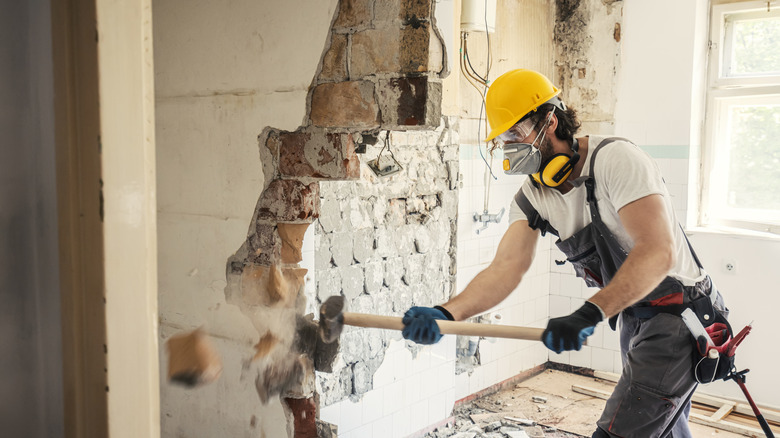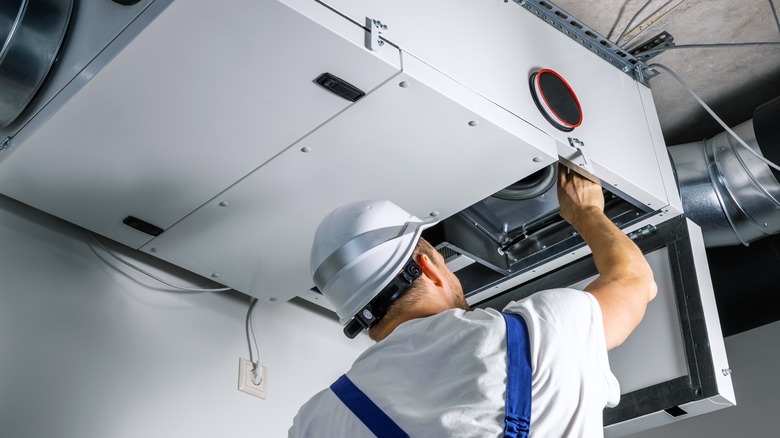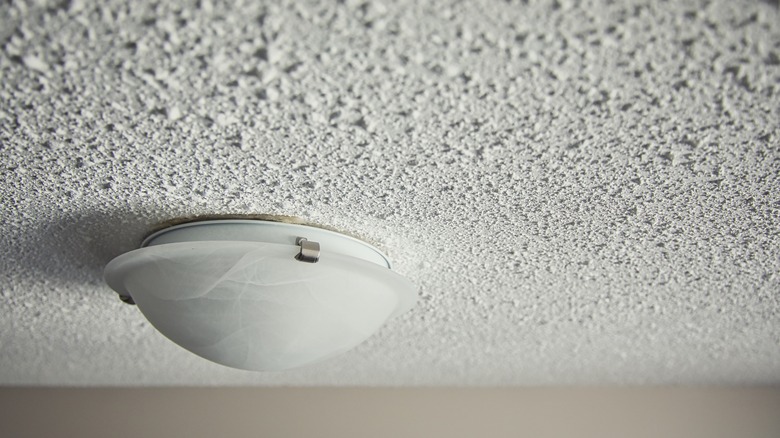Do You Need To Remove All Asbestos In Your Home?
Often used for insulation material, floor tiles, pipes, and roofing sheets, it isn't uncommon to find asbestos in homes and other commercial buildings. This particularly applies to buildings that are older, as asbestos was widely used within the United States up until 1978. However, even if you think you may have asbestos in your home, there's no need to panic. Asbestos only poses a risk if it is disturbed, so simply living in a house with asbestos won't cause you harm.
Nevertheless, you should be aware of the risk of asbestos if you're planning a home renovation or if you notice that the structure of your home is compromised. If left to release fibers, asbestos can cause health problems if you breathe it in, including Mesothelioma, lung cancer, Asbestosis, or pleural thickening, which can lead to difficulty breathing. In these cases, it's best to call out an asbestos specialist to take a sample and test for asbestos. You could cause harm to yourself and those you live with by attempting to do an asbestos check yourself.
Asbestos may sound scary, but it can be removed if necessary
If you do need to have asbestos removed from your home, it's of the utmost importance that you leave this removal to professionals. There are two types of processes when it comes to removing asbestos from your home. The first, encapsulation, means that a sealant will be used to bind the asbestos fibers together. As it's these loose fibers that cause danger, you'll be removing the health risk by binding them together. This process is commonly used if asbestos is found in your pipe or boiler insulation. The second process, called enclosure, means that a special binder will be placed around the material with asbestos in it, like an exposed pipe, to stop the asbestos from escaping.
If the asbestos needs to be removed completely, for example in a renovation project, this will be a more complicated issue. Never undertake a task like this by yourself — doing it incorrectly could actually cause more asbestos fibers to be released. It's always best to call in an expert who can fully assess the damage and what needs to be done so you have peace of mind.
Be aware of the risks of asbestos, but don't panic
Alongside in insulation, asbestos can be found in old design features like popcorn ceilings, too. However, as we've covered, this does not necessarily mean you should replace your ceiling. Unless you are installing nails or screws in a popcorn ceiling, the risk of asbestos isn't something you need to worry about. Another hidden risk is bunk beds, which could accidentally disturb a popcorn ceiling due to their high stature. Because of this, it's safest to stick to regular beds in a room with popcorn ceilings, particularly if the ceiling is low. If you are worried about a particular room, call out an expert to put your mind at ease.
Overall, the thing to remember is that there's no need to stress about asbestos if the structure of your home remains intact. Asbestos only becomes a hazard when you disturb the foundation it's within, so if your home is structurally sound, so is everything else. You do not need to presumptively remove undisturbed asbestos. Not only will it be expensive, but it won't make a difference to your health, either.


